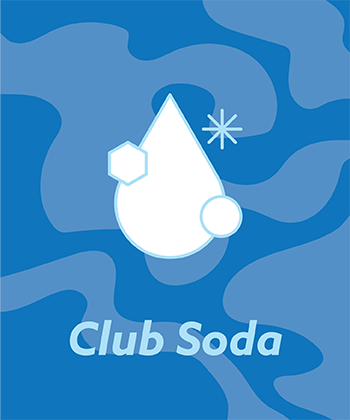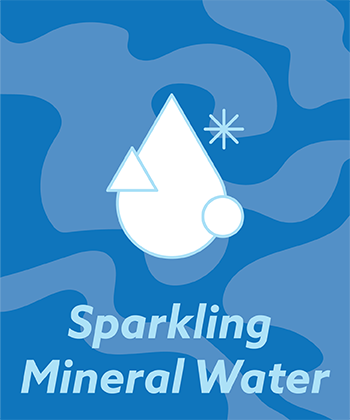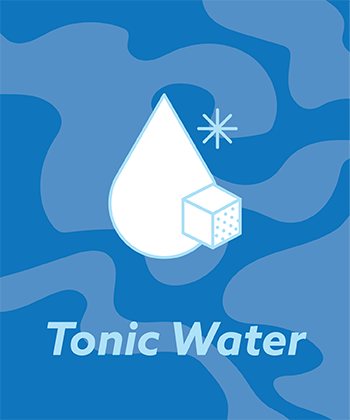
Carbonated water can be confusing. There’s lightly fizzing bitter tonic water, a frequent foil for gin. Sparkling mineral water has subtle flavors that range from salty to metallic. And what about club soda and seltzer water? Aren’t they basically the same thing?
Though each of these bubbly beverages appears identical, each contains different flavor profiles and is made using different processes. To help understand the differences between them, we’ve compiled this, the complete guide to carbonated water.
Seltzer Water
 Seltzer is the simplest of these waters, made by carbonating plain water with carbon dioxide (CO2). Owing to its neutral profile, seltzer water is occasionally flavored using natural fruit essences and oils, as in popular brands like La Croix and Spindrift.
Seltzer is the simplest of these waters, made by carbonating plain water with carbon dioxide (CO2). Owing to its neutral profile, seltzer water is occasionally flavored using natural fruit essences and oils, as in popular brands like La Croix and Spindrift.
Club Soda
 Club soda is similar to seltzer water, but in addition to CO2, various minerals — including sodium bicarbonate, sodium citrate, disodium phosphate, and occasionally sodium chloride — are added. If a cocktail recipe calls for seltzer but you only have club soda on hand, there’s little perceivable difference between the two, and one can easily be substituted for the other.
Club soda is similar to seltzer water, but in addition to CO2, various minerals — including sodium bicarbonate, sodium citrate, disodium phosphate, and occasionally sodium chloride — are added. If a cocktail recipe calls for seltzer but you only have club soda on hand, there’s little perceivable difference between the two, and one can easily be substituted for the other.
Sparkling Mineral Water
 Sparkling mineral water is rich in dissolved solids like potassium, sodium, and magnesium. Unlike club soda, these minerals occur naturally and are picked up as water filters through multiple layers of underground rock and sediment. The water’s bubbles, meanwhile, can be natural or artificially added.
Sparkling mineral water is rich in dissolved solids like potassium, sodium, and magnesium. Unlike club soda, these minerals occur naturally and are picked up as water filters through multiple layers of underground rock and sediment. The water’s bubbles, meanwhile, can be natural or artificially added.
Every brand of sparkling mineral water contains a distinct dose of flavor-giving minerals, so they all taste slightly different. Sparkling mineral waters don’t mix well in cocktails, but they do produce remarkable effects when paired with wine.
Tonic Water
 For centuries, quinine powder has been used to prevent malaria. Its bitter flavor was so unpalatable to British officers based in 19th-century India, however, that they began mixing it with soda and sugar. Thus the first tonic water was born. It wasn’t long before U.K. officials started mixing the newly invented tonic with their favorite spirit, gin, creating the much-loved G&T.
For centuries, quinine powder has been used to prevent malaria. Its bitter flavor was so unpalatable to British officers based in 19th-century India, however, that they began mixing it with soda and sugar. Thus the first tonic water was born. It wasn’t long before U.K. officials started mixing the newly invented tonic with their favorite spirit, gin, creating the much-loved G&T.
Tonic water is the only style on this list that contains calories, because of its sugar content, but “light” versions are increasingly popular. In these styles, sweetness is provided by less-caloric, natural-fruit sugars.
